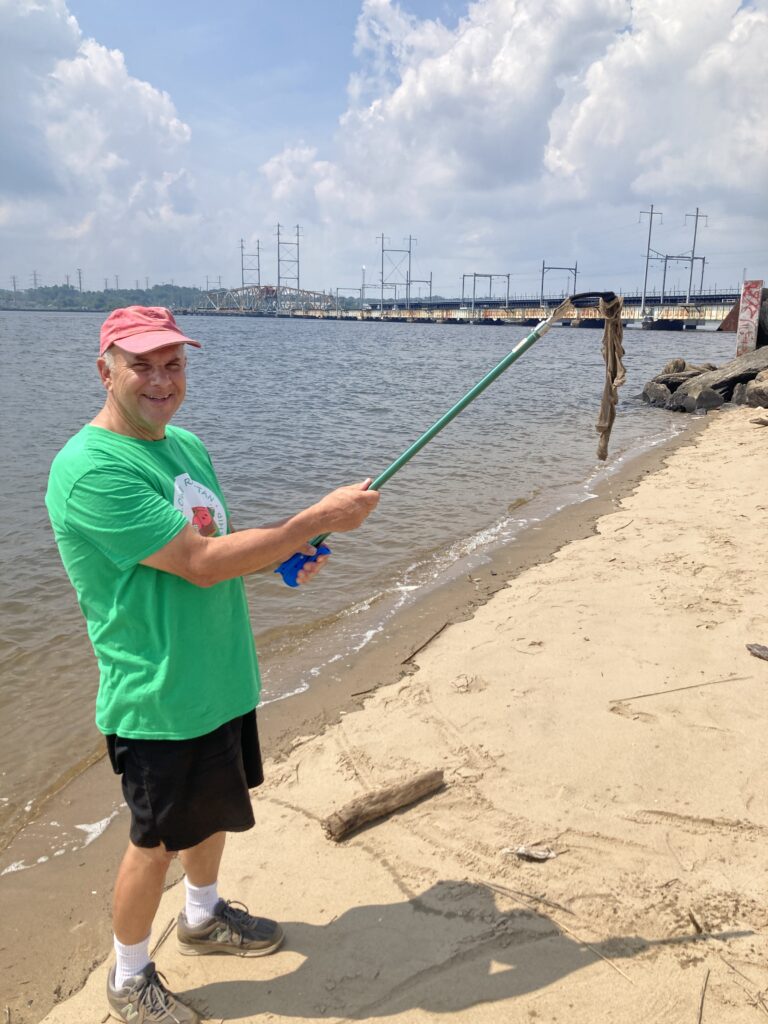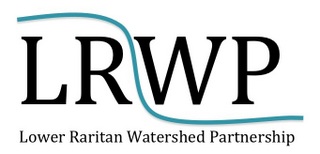Raritan Pathogen Results for 7.31.25
By Danielle Bongiovanni and J.M. Meyer
The last pathogen monitoring session for the month took place on July 31st. Each week during the summer, from May to October, the Lower Raritan Watershed Partnership and Rutgers Cooperative Extension of Middlesex County run a volunteer-based monitoring program along the Raritan River. We collect water quality samples at six non-bathing public access beach sites, provide our samples to the Interstate Environmental Commission for analysis in their laboratory, and report the results to the public. Our mission is to share this data with the community and partners to ensure the safe use of the Raritan river for all.
Our lab results for water quality samples taken on Thursday, July 31, 2025 show Enterococcus bacteria levels exceeding the EPA federal water quality standard of 104 cfu/100mL at none of our monitoring sites this week. Problem sites would be indicated by red frowns on the map and chart. Green smiles on the chart and map indicate the sites with bacteria levels safe for recreation, and include the following: Riverside Park (Piscataway), Rutgers Boat House (New Brunswick), Edison Boat Launch (Edison Township), Ken Buchanan Waterfront Park (Sayreville), Raritan Bay Waterfront Park (South Amboy), and 2nd Street Park (Perth Amboy).
While we are thrilled to see such great results along the Lower Raritan, we want to advise the public that our watershed experienced heavy rain almost immediately after our testing period on Thursday morning. Heavy rainfall tends to wash pollutants into the river. Therefore, we suspect at least some of our sites would fail our test if we were to repeat the sampling session this morning. Please take the following table and map with a grain of salt, and enjoy your weekend!
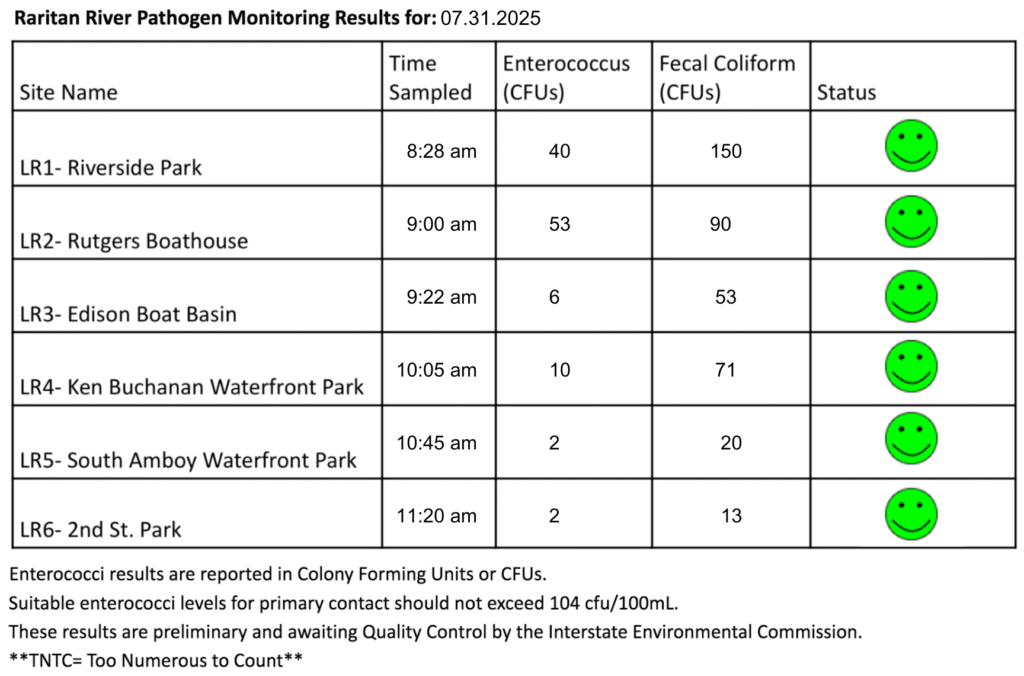
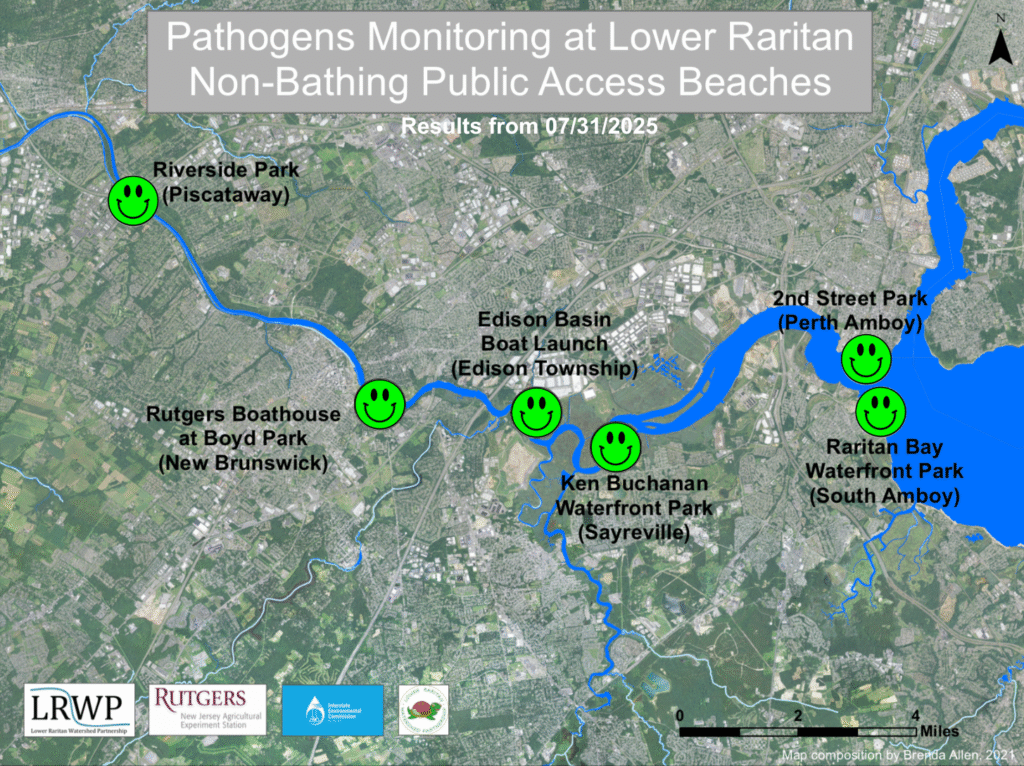
Pathogens/Enterococci levels are used as indicators of the possible presence of disease-causing bacteria in recreational waters. Such pathogens may pose health risks to people coming in primary contact with the water (touching) through recreational activities like fishing, kayaking or swimming in a water body. Possible sources of bacteria include Combined Sewer Overflows (CSOs), improperly functioning wastewater treatment plants, stormwater runoff, leaking septic systems, animal carcasses, and runoff from manure storage areas.
Our goal in reporting these results is to give residents a better understanding of the potential health risks related to primary contact during water-based recreation. If you are planning on recreating on the Raritan this weekend, make sure to stay safe and wash up after any activities!
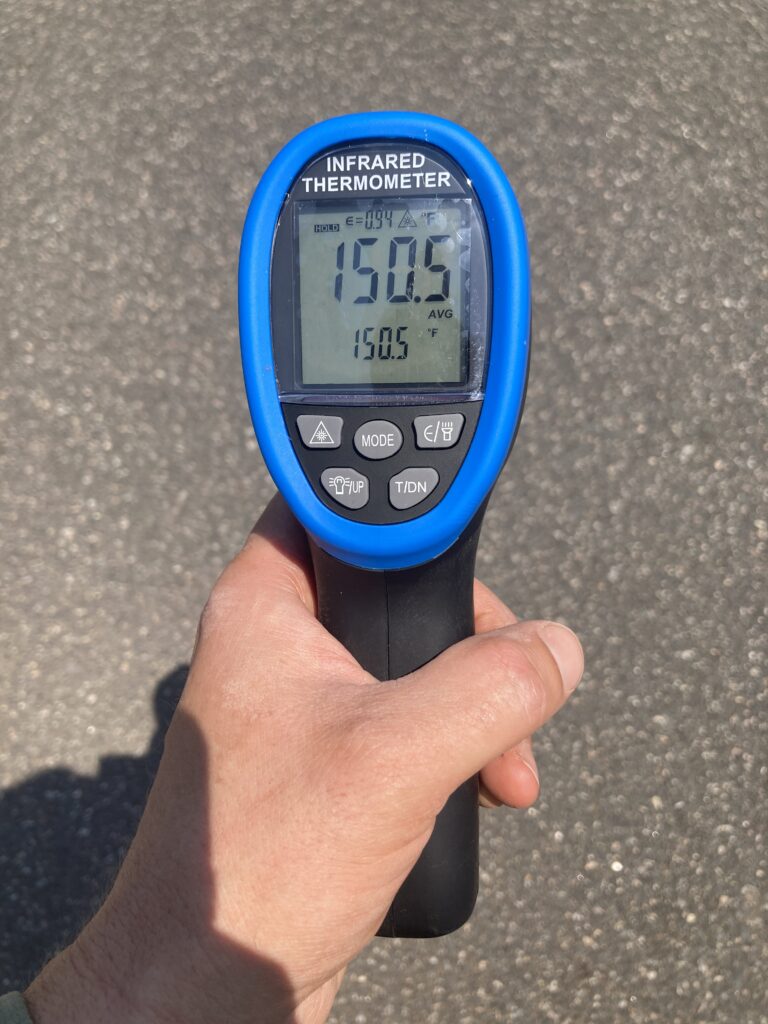
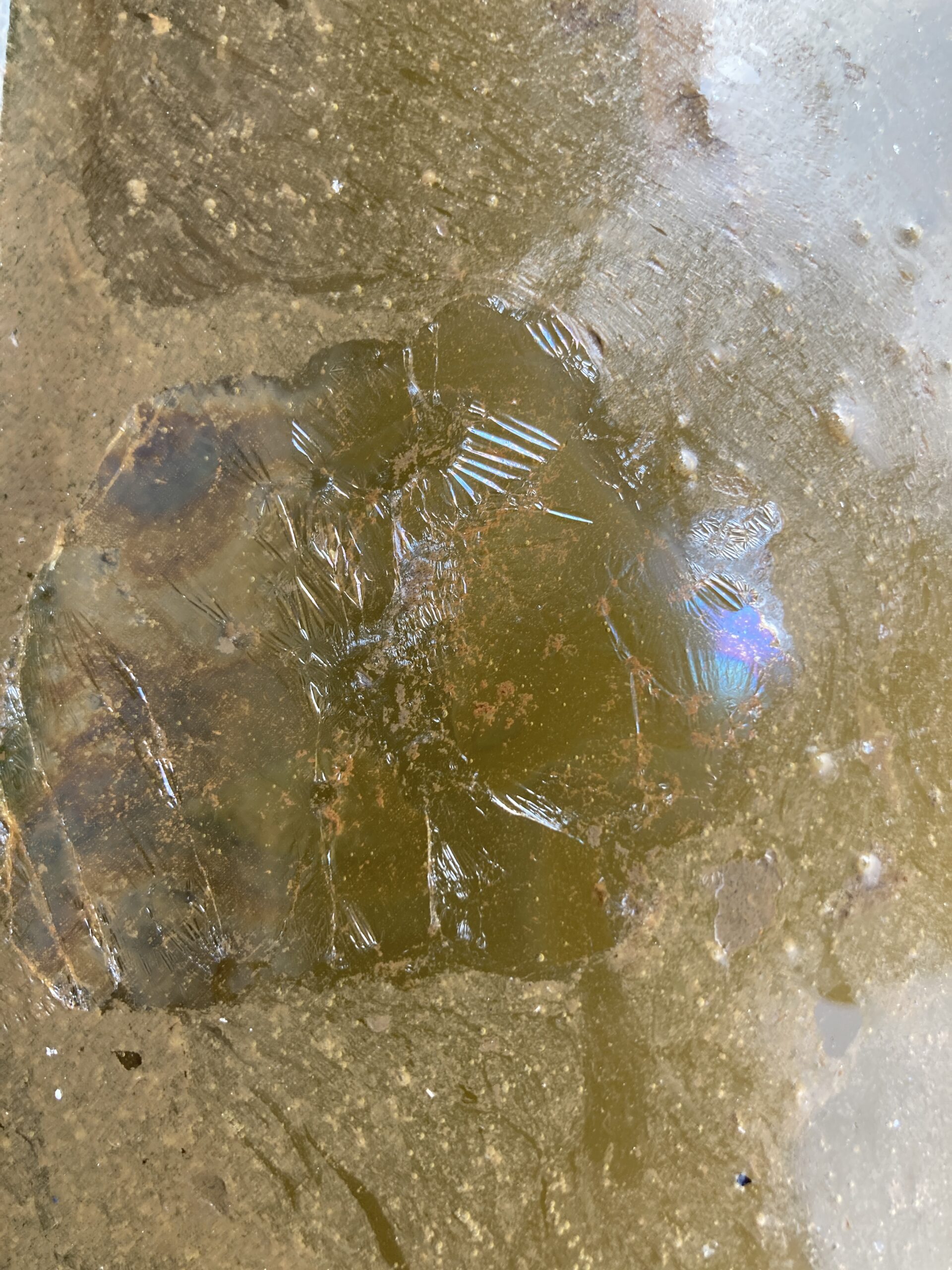
Photo credit — J.M. Meyer.
